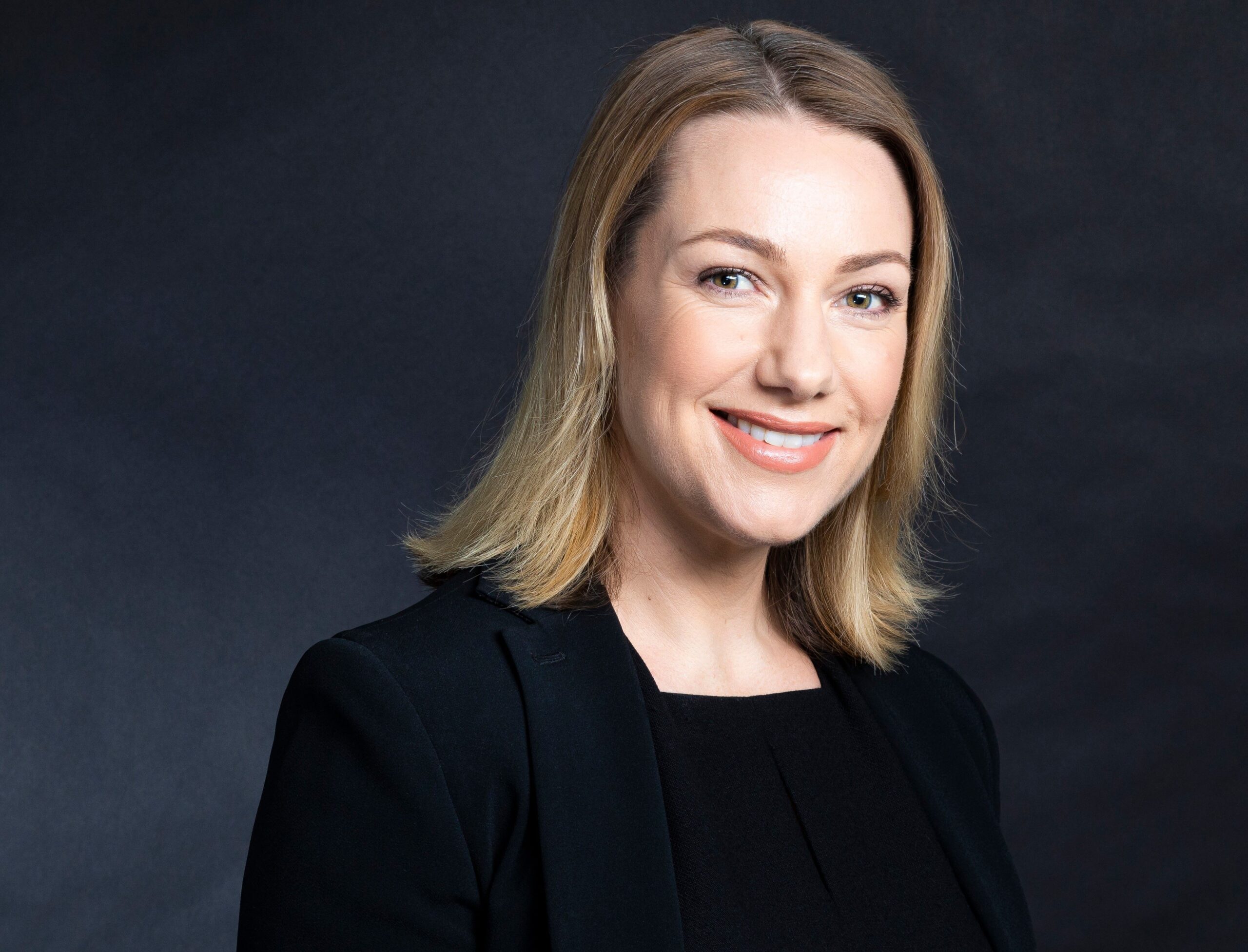Creating opportunities from risk
Two different approaches to risk mitigation, delivers two very different business outcomes. Heather Robertson explains why it’s time to change your risk mindset. Mike and James met at a business […]
Two different approaches to risk mitigation, delivers two very different business outcomes. Heather Robertson explains why it’s time to change your risk mindset.
Mike and James met at a business networking group where a friendly rivalry sprung up between them as they were both in the same area of business, supplying appliances and electronics to consumers and companies. But that’s where the similarity stopped.
Mike had inherited his father’s home appliance store and expanded into electronics and computer supplies, James had set his business up from scratch starting with secondhand goods he sourced from local auctions and directly from the public, slowly building his business to include new products. Displaying new and used side-by-side James’ customers could easily evaluate the comparative value of the items, while Mike’s customers were supplied only new, but had a wide range of brands to choose from across all levels of the pricing and quality spectrum.
Staunchly upholding his father’s philosophy, “Look after your customers and they’ll look after you”, Mike buried the most significant portion of his business development budget in improvements in customer relations, events, specials, giveaways, customer surveys and focus groups. He knew the business well, had grown up in it, and understood every risk, tripwire, opportunity and threat. He didn’t need to write it down or strategise about it, his knowledge, experience and gut-instinct were his explanation behind the steady growth he achieved year after year.
James however, invested only a small portion of his business development dollars in customer activities. He lived by his risk model, believing that building loyal customers was not based entirely on how well they were treated, but on how well they were supplied.
“Your customers won’t look after your business if you can’t supply them,” was James’s theory behind inviting supply partners of product and services alongside customers to his events and including them in any promotions or giveaways. He treated his staff, the courier and delivery truck drivers with the same level of respect as customers. The canteen was open to everyone, customers, staff, bank manager, cleaners … they all made a contribution to his business.
When COVID gripped, both Mike and James ramped up their online sales, but while Mike faltered as he scrambled to strengthen his supply chain, James went from strength to strength. Despite courier and delivery services struggling to resource demand, James always received priority and rarely let his customers down.
Changing the risk mitigation mindset
A predictable outcome, and Mike and James’ stories are typical of what businesses faced during COVID. But while both survived, only one thrived. Whether it was the difference in their philosophies or methodologies is arguable, but James is a very strong ‘risk mitigator’, whose business model and sales and marketing is based on the philosophies of two high profile writers: Jim Collins and Nassim Taleb.
Jim Collins of Harvard University whose enduring management book Good to Great taught the practice of Confront the Brutal Facts, and Nassim Taleb is the Quant who floated the theory of the ‘Black Swan’ – when the event you cannot know exists, happens.
In a typical risk model that identifies risks and grades them by the likelihood they will happen against the impact if they do, the matrix identifies mitigators and ways by which these can be reduced, eliminated – or accepted as a reality.
But changing the mindset of risk mitigation to the audacious view of confronting problems and difficulties, calling them to order and staring them down, shifts your approach to ‘What is the problem I need to solve?’
This, the most fundamental 360-degree opportunity-facing question you can ever ask, myopically focuses on the core issue.
James had done exactly that. With every risk he identified in his business, the question ‘What is the problem I need to solve?’ led him to consider solutions rather than mere mitigations, and opportunities arose from the threats.
Like us, James didn’t know the COVID virus existed, though we all knew about the impact of pandemics. That an existing but unknown virus could become a global pandemic was a Spielberg event for Hollywood, not a reality event for NZ. But what James did know, was that anything that blocked his ability to get product into the hands of his customer, created a problem he needed to solve. And in doing so he built an enduring reputation with those who could contribute.
What problem are you solving?
‘What is the problem I need to solve?’ It’s a question that not only provides options for addressing risks, but is also key to sales and marketing. ‘What problem does my product solve?’ instead of ‘What does my product do?” has you talking to your customer from a different viewpoint – one that truly targets ‘why’ they need it.
If you think the problem you need to solve is increased revenue, growth, stabilisation or rationalisation, think again. These are the outcomes of the problem that hasn’t been solved. Dig deeper. It’s that tricky problem that’s hiding below the surface that is the one you have to pull up, inspect and solve.
“What is the problem we need to solve?” led a charity to understand how their cause was misunderstood by the market, resulting in a strategy that brought corporate sponsorship instead of relying on grants and donations.
“What is the problem we need to solve?” showed one company that the core problem was too big for them. That they needed to make the public aware and garner support that would drive change and in doing so earning reputational integrity.
As they say, keep your friends close and your enemies closer – so it is with risk. More brutal than your optimistic sales and marketing plans, risk tells you the truth and when understood and optimised it can be the catalyst for opportunity.
Heather Robertson has spent 25 years consulting in strategy, governance, risk management and market development to small, medium and global profit and not for profits.
Heather is founder of the Knowledge Network, co-founder of Speaking from Experience, co-founder of the Science Alliance, and author of the trilogy My Value or my Values – balancing Value, Values and Profit.
These are real stories about real people in companies that exist today. No AI has been included or consulted in the writing of this article. Names and some details in the article have been altered for reasons of identity.






